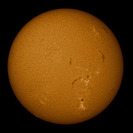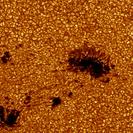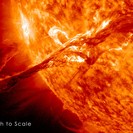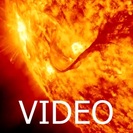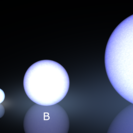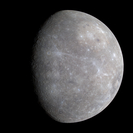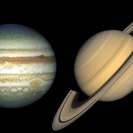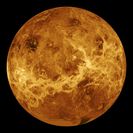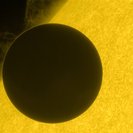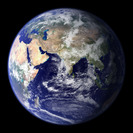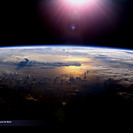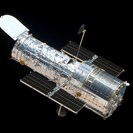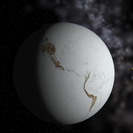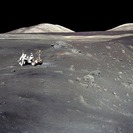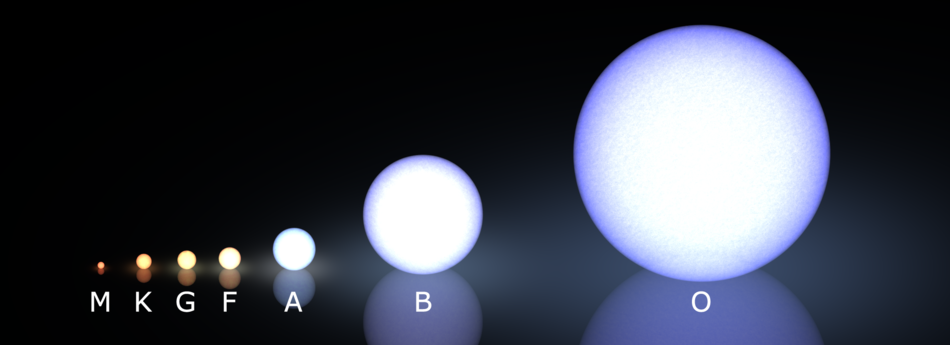Stars come in different sizes. The smallest stars, also called M-type stars or M stars are just massive enough to initiate nuclear fusion in their core. If they were smaller they would be brown dwarfs, sub-stellar objects but still many times bigger than the biggest planet in our Solar System, Jupiter.
With increasing mass, stars change in size, luminosity, colour and fusion rate. A star like our Sun with one solar mass is called a G star; it has a yellow colour and the fusion rate allows the star to live for around 10 billion years. Smaller stars have much lower fusion rates since the pressure and temperature in their core is lower than in other stars. An M-type star can have a stable energy output for some hundreds of billion years! At the other end of the range we have the most massive stars, O-type stars with masses of 150 and more solar masses. Because of their high surface temperature they have a blue colour and they are huge. With the enormous pressures and temperatures in their core they burn their "fuel" (hydrogen) so fast that - despite the immense quantity of fuel - all the hydrogen in the core is used up after a few million years, which is almost a blink of an eye compared to the longer-living stars.
Stars of more than 8 solar masses finish their lives with a spectacular explosion: a supernova. Stars of more than 20 solar masses may even collapse into a black hole whilst stars of up to 7 solar masses eject some part of their outer layer at the end of their lives. These so-called planetary nebula (they have nothing to do with planets, so don't get confused by the name) can look quite nice.
Don't miss our article about stars to understand a lot more about stars and our supernova article to get inside these most violent explosions in the universe!
If interested, read more about: Stars

